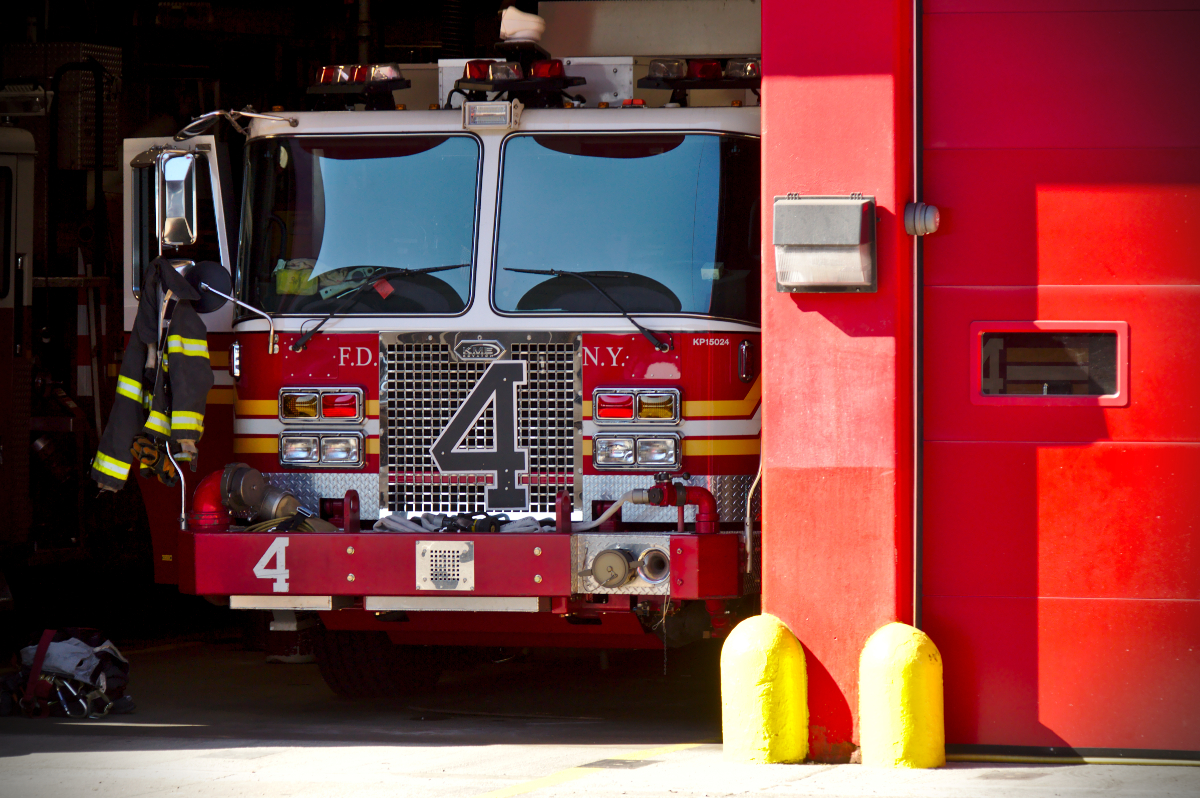
In today’s fast-paced emergency services environment, fire departments are under increasing pressure to stay compliant with safety regulations while protecting the public. One of the most effective tools helping departments meet these demands is fire inspection software, a critical component of modern fire software solutions.
Traditionally, fire inspections relied heavily on manual paperwork, delayed data entry, and disorganized record keeping. These outdated systems not only slowed down the inspection process but also increased the risk of missed violations and compliance issues. With the evolution of fire station software, inspections have become more streamlined, accurate, and impactful.
Fire inspection software allows inspectors to conduct evaluations in the field using mobile devices. They can record violations, capture photos, and generate detailed reports in real time. This immediate data collection improves efficiency, reduces paperwork errors, and ensures critical information is accessible instantly across the department.
Beyond convenience, this type of fire software directly contributes to public safety. By identifying hazards early, enforcing code compliance, and ensuring timely follow-ups, departments can prevent incidents before they occur. Fire station software also provides automated reminders for re-inspections, tracks trends in incident types, and generates analytics to support resource planning and policy updates.
Compliance is another major benefit. Fire departments are often subject to state and federal reporting requirements. With fire department software, records are organized, searchable, and audit-ready, reducing the administrative burden and increasing transparency. Relying on these software solutions proves invaluable to an efficient and compliant operation.
As fire prevention becomes a bigger part of public safety strategy, having reliable, integrated fire inspection tools is no longer a luxury—it’s a necessity. Investing in robust fire department software means safer buildings, better accountability, and a more proactive approach to fire prevention in every community.
